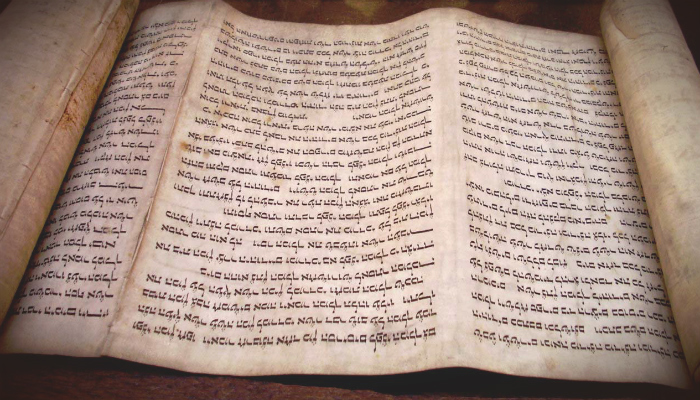The Christian Bible, or collection of sacred texts, has been one of the best-selling books in publishing history. These writings came to be gathered together into one book through an historical process.
Bruce Shelley discusses the subject in Chapter 6 of his Church History in Plain Language (2nd Ed., Nashville: Thomas Nelson Publishers, 1995).
The texts collected into this book are called a ”canon” – which The Concise Oxford Australian Dictionary defines as a “general law, rule, principle, or criterion” (2nd Ed., J M Hughes, P A Michell and W S Ramson eds., Melbourne: Oxford University Press, 1992).
As canon, the Bible is normative in matters of faith and practice for evangelical Christians.
The process of creating the Bible involved the cumulative daily experience of believing Christians living in an often-hostile Roman Empire, and the meetings of representative Christian leaders at Hippo (393CE) and Carthage (397CE), both cities in North Africa. This experience and these meetings settled the matter.
The Formation of The Canon – The Raw Material
The canonical process was a process of acknowledgment of the authoritative books of what became known as the Bible. This involved weighing up and sifting through the texts that were in circulation at the time.
The process was carried through to a conclusion by the end of the fourth century CE, as stated above. F F Bruce describes this process over several succinct chapters in The Spreading Flame (Milton Keynes:Paternoster Digital Edition, 2005).
The role of the abovementioned councils was to acknowledge and list the writings that were already more or less universally held to be authoritative by Christians at the time.
These writings were distinct from the other contemporary writings that may have been held in some regard in only various parts of the Christian world throughout the Empire.
These regional favourites were seen as useful for edification or for devotional purposes, but were not regarded as universally authoritative.
The Formation of The Canon – How The Book Was Made
In Know the Truth (Leicester: IVP, 1982) Bruce Milne shows that the Jewish bible, or Tanak, was acknowledged as authoritative by Jesus’ use of it in his life and work, and by the apostle’s acceptance of them. This reinforced Christian acceptance of these texts as canonical. The Jews already regarded them as such.
Some of the key elements of creating the canon of the New Testament were apostolicity, where the author was an apostle, or the source of the material was apostolic, and the contents of the writing were apostolic.
The authoritative nature of the writings was also attested to on the strength of the cumulative experience of believers throughout the Empire. They relied on these writings in daily life, especially under persecution.
Ironically, as Shelley points out in his Church History, the Roman Empire’s various attempts at book-burnings, aimed at destroying these authoritative writings, was a recognition of their force and influence upon Christians.
Bruce makes the point in The Spreading Flame that church leaders would often hand over lesser writings in their stead, to be burnt by the authorities, who had no means of judging the value of a particular text to Christians. This was an interesting spin on the process of acknowledgment.
Protestant and Roman Catholic Bibles
The difference between Protestant and Roman Catholic bibles arose in the 16th century CE, during the Protestant Reformation in Europe.
In his article, Canon of the Bible (Evangelical Dictionary of Biblical Theology, Walter Ellwel ed., Grand Rapids: Baker Book House, 1996), John McRay writes that, for Protestants, the Hebrew language Old Testament canon was acknowledged on the basis of the fact that Palestinian Jews regarded it as canonical.
McRay points out that the Roman Catholics held to the traditional Greek language Old Testament, which includes certain books, called the Apocrypha, that aren’t included in the Hebrew canon. Hence the difference. Otherwise, the Roman Catholic and Protestant bibles are essentially the same.
The Bible, as a book, is much studied and discussed, and has been translated into many languages around the world. However it is viewed, the Bible has been around for thousands of years, yet still has the power to attract the interest of scholars and inspire the devotion of many Christians.








